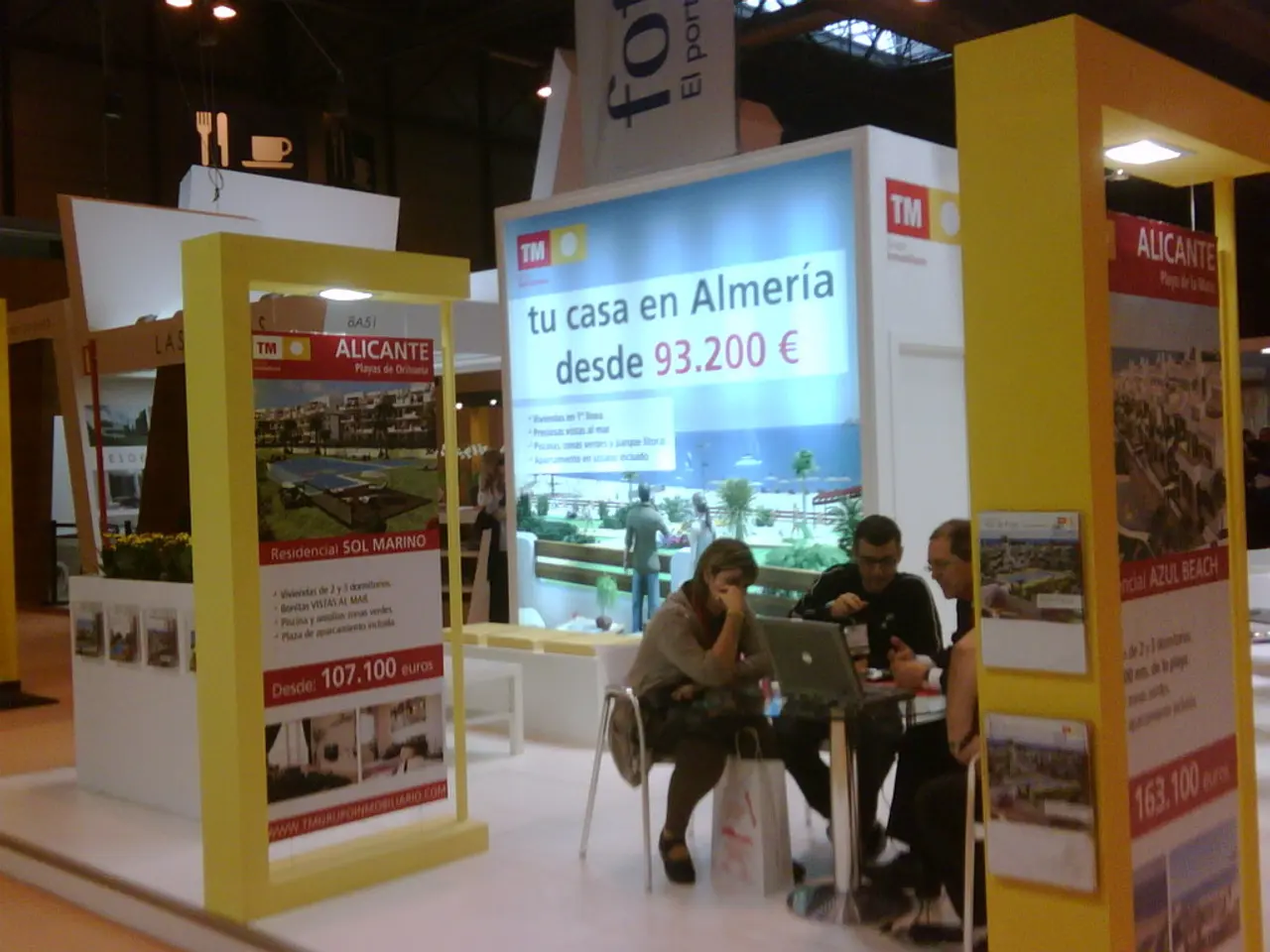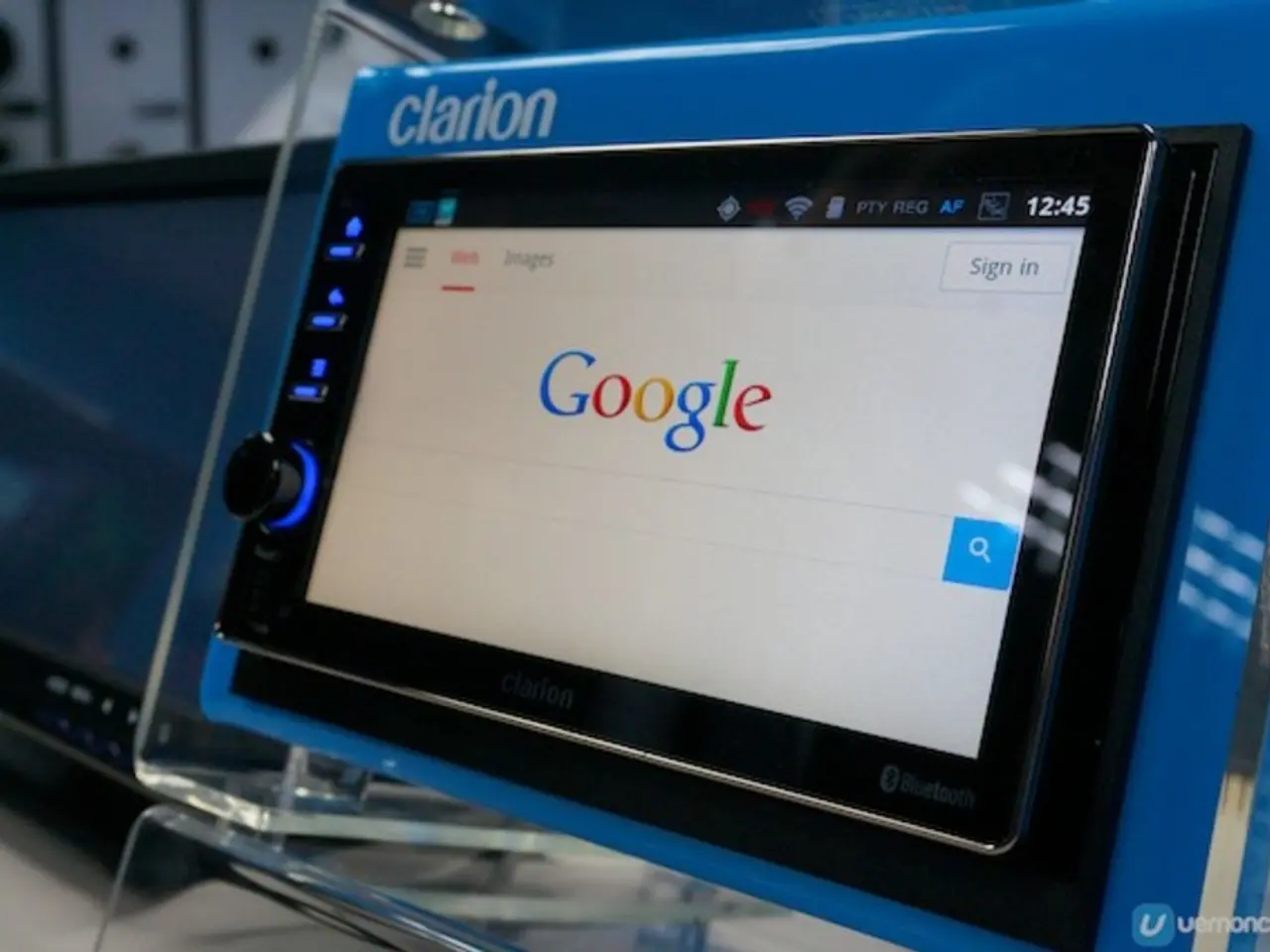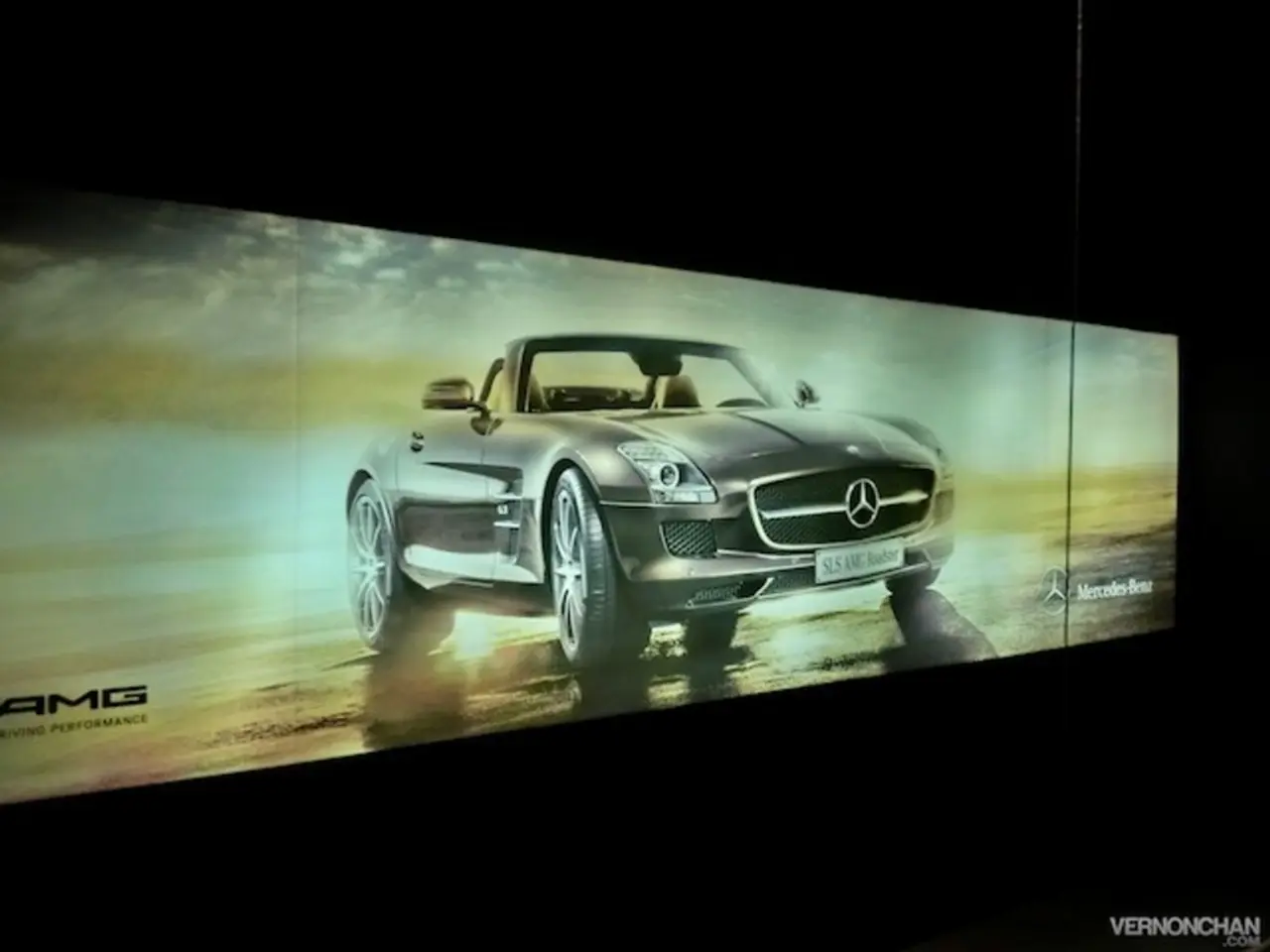Google reveals an extensive overhaul for the Android operating system, marking the largest change yet.
Google Heralds Next Step in Android Design with Material 3 Expressive
Google's latest update to its design language for Android, called Material 3 Expressive, asserts a new focus on interfaces that feel intuitive, make sense, and cater to users' needs. Scheduled for reveal at the upcoming I/O developer conference, Material 3 Expressive incorporates color, shape, size, motion, and containment to channel users' attention and create a more pleasant and functional user experience.
The design aims to forge a deeper, emotional connection between users and interfaces by eliciting feelings of comfort, understanding, and efficiency while navigating apps and devices. Google's aspiration for this transformation is clear – creating interfaces that exude an exclusive, user-friendly appeal.
According to Google, Material 3 Expressive is its most meticulously tested design system to date. After 46 iterations and feedback from over 18,000 individuals, the company has perfected a style that emphasizes the strategic use of color, shape, size, and motion. Google reviewed numerous aspects of design to discover what resonates with users, how diverse visual styles can evoke various feelings, and how swiftly interfaces can be understood and utilized.
Material 3 Expressive introduces a unique spring-based animation and motion physics system to add intuitive appeal, dynamism, and fluidity to interactions. For instance, notifications are dismissed with a smooth detach animation, accompanied by subtle haptic feedback, while volume sliders, the recent apps screen, and the notification shade also partake in the springy, animated spectacle for enhanced responsiveness and refinement.
The design update also features a subtle background blur effect, which enhances the sense of depth, maintaining context for users and improving visual clarity without overpowering essential content. This, combined with a refined dynamic color system and emphasized typography, gives Material 3 Expressive a greater sense of premium feel and an enhanced ability to communicate UI hierarchy and content importance.
With the update, Google introduces new UI components and design tactics tailored to engender emotionally impactful user experiences. Together, these alterations pave the road for a more customizable, engaging, and fluid Android experience, extending across Wear OS as well.
In essence, Material 3 Expressive molds motion, color, depth, and typography into a user-centric, responsive, and personalized Android landscape.
Technology plays a pivotal role in Google's Material 3 Expressive design update for Android, with the incorporation of fluid animations and a unique spring-based motion physics system to deliver a more intuitive and engaging user experience. This transformation in Android design underscores Google's continuing evolution of technology to enhancing user interactions and creating interfaces with a premium feel.








